When it comes to prolonging the life of your vehicle, routine maintenance is key. Oil changes and tire rotations are two of these simple maintenance items that can pay dividends in vehicle longevity. If you need to have both of these services done on your vehicle, you likely want to know how long you'll be waiting at the shop. For your convenience, we brought you the answer.
If you're planning on having an oil change and tire rotation done, you can expect the process to take about an hour—20 minutes for the oil change and 40 minutes for the tire rotation. However, your actual wait time will depend on how backed up the shop is at the time of your visit.
If you still have some questions about how long you can expect an oil change and tire rotation to take, don't worry. In this post, we'll discuss the topic in more detail. We'll also talk about whether a tire rotation is included in a typical oil change, and we'll answer some common questions about both oil changes and tire changes and rotations. Without further ado, let's get into it.
Before you continue reading, let us say we hope you find the links here useful. If you purchase something through a link on this page, we may get a commission, so thank you!
We've established that it should take about an hour to change the oil and rotate the tires, but now we'll talk about the factors that can affect how long you might have to wait.
Oil change shops are known for advertising super short wait times for oil changes. And it's almost always a quick process. On average, you can expect the oil change procedure itself to take about 20 minutes.
However, how long the procedure takes can vary depending on the oil capacity of your vehicle (the greater the capacity, the longer it will take to drain the old oil and add the new oil), the location of the oil filter (how difficult it is to access), and how busy the shop is.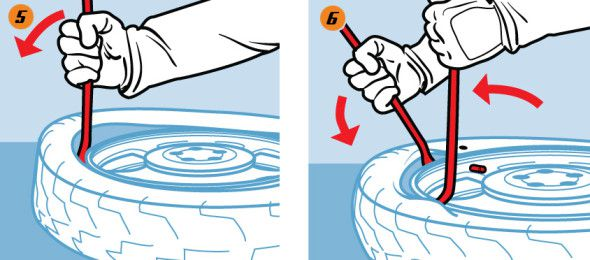
If the shop is particularly busy, it might take the technicians longer to start working on your vehicle.
Depending on the shop you go to, they may perform a few other checks with the oil service they provide. Kwik Kar has a 20-point oil change service. These additional checks may add a couple extra minutes to your time.
On average, you can expect the tire rotation process to take about 40 minutes.
The only vehicle-related factor that might affect how long this procedure takes is how many wheels the vehicle has. Obviously, it will take a bit longer to rotate the tires on a dually truck (which has six wheels) than another vehicle that only has four wheels.
Aside from that, the only other factor that will determine how long the procedure takes is, again, how backed up the shop is. If possible, make your appointment online to save some time.
Oil changes and tire rotations are separate maintenance items; requesting one service will not entail the other by default.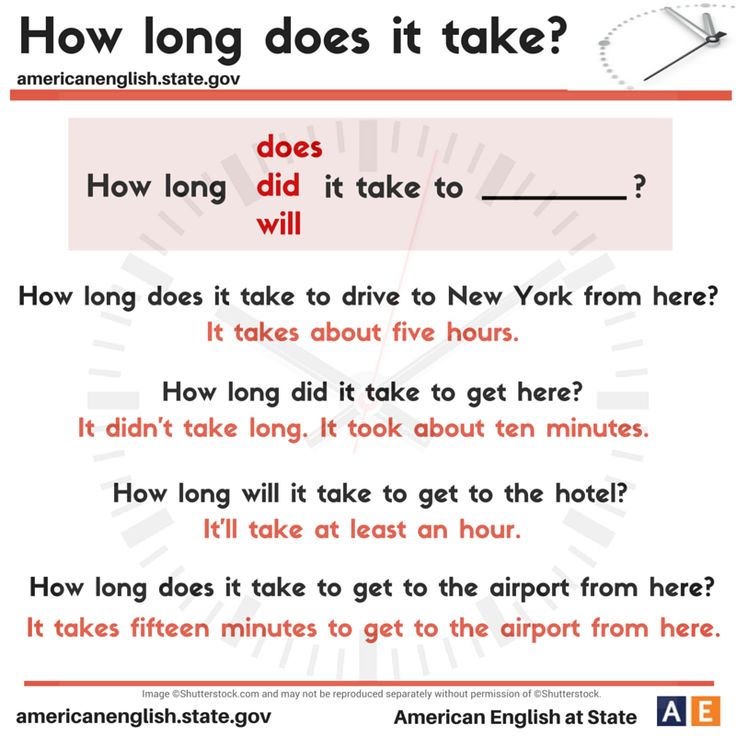 A shop could potentially offer some kind of package deal for both services, but under normal circumstances, these services are separate.
A shop could potentially offer some kind of package deal for both services, but under normal circumstances, these services are separate.
However, it's certainly a good idea to think about both of these items from a maintenance schedule standpoint.
We'll talk more about the recommended tire rotation in a bit, but it's generally a good idea to base your tire rotations on your oil changes.
If your vehicle is using conventional engine oil, you should have your tires rotated every time you get an oil change. If your vehicle is using synthetic oil, you should change the oil with every other tire rotation.
This is merely a rule of thumb that can help make managing your vehicle's maintenance a bit easier. Be sure to consult the owner's manual for your vehicle for specific guidance.
Now we'll answer some common questions about oil changes.
In case you're unfamiliar with the oil change process, here is a breakdown of what the service includes:
How long a vehicle can go without an oil change depends on the type of oil being used. With conventional engine oil, a vehicle can go approximately 3,000-5,000 miles between oil changes. With synthetic engine oil, a vehicle can go approximately 7,500-10,000 miles in between oil changes.
With conventional engine oil, a vehicle can go approximately 3,000-5,000 miles between oil changes. With synthetic engine oil, a vehicle can go approximately 7,500-10,000 miles in between oil changes.
But be sure to check for your vehicle's specific guidance on the frequency of oil changes.
The cost of an engine oil and filter change will largely depend on the volume of oil required and the type of oil (conventional vs. synthetic). Synthetic oil is more expensive than conventional oil, and obviously, the greater the engine oil capacity, the more expensive the oil change will be.
At an oil change shop, you can expect to pay $35-125 depending on the aforementioned variables.
You certainly can! As soon as the oil change is complete, you can continue driving like normal. No waiting is necessary.
If things feel off after your oil change, something could be wrong. Read this article for more information— Car Feels Worse After Oil Change – What Could Be Wrong?
Read this article for more information— Car Feels Worse After Oil Change – What Could Be Wrong?
Now we'll answer some common questions about tire servicing.
If you need all of your tires replaced, you likely want to know how long you need to plan to wait at the tire shop. The process itself shouldn't take longer than about 30-45 minutes.
However, just like with tire rotations, the time you can actually expect to wait can vary. When it comes to tire replacement, the day of the week you visit the tire shop will largely determine how long you wait.
For example, tire shops are notorious for having long wait times on Saturdays since that's the only time most people can visit the shop. On a Saturday, you might have to wait a couple of hours for the procedure to be completed.
When it comes to automotive maintenance, you might be skeptical about whether or not certain maintenance items are actually required. Perhaps you've been burned a time or two by a sketchy repair shop that convinced you to pay for repairs or services that weren't actually needed.
Perhaps you've been burned a time or two by a sketchy repair shop that convinced you to pay for repairs or services that weren't actually needed.
But you can rest assured that rotating your tires is absolutely recommended to prolong the life of your tires.
Tires are subjected to different amounts of wear depending on where they are on the vehicle (i.e. being at the front vs. the back of the vehicle). A tire rotation simply entails moving the tires around to different positions of the vehicle in a consistent pattern to ensure they are worn evenly.
If tires aren't rotated on schedule, they will experience uneven wear, which will shorten their lifespan.
Now that we've established that tire rotation is a critical part of a vehicle's maintenance schedule, we need to talk about how frequently it should be done.
A good rule of thumb is to have your tires rotated every 5,000 miles. Some suggest a less frequent tire rotation schedule. However, the bottom line is that it's better to rotate your tires more often. No harm will come from being more proactive when it comes to promoting even wear on your tires.
However, the bottom line is that it's better to rotate your tires more often. No harm will come from being more proactive when it comes to promoting even wear on your tires.
We hope this guide has helped you better understand how long you can expect an oil change and tire rotation service to take. These are both routine maintenance items, but your wait time can vary depending on the factors we've discussed.
Even if there's a long wait time, don't let that dissuade you from having these services performed, as both are vitally important to the overall mechanical health of your vehicle.
Before you go, be sure to take a look at these other guides:
Does Tire Installation Include Alignment And Balancing?
Does Jiffy Lube Replace Tires?
Oil changes and tire rotations are the number one maintenance task to perform on your vehicle. These tasks add years of life to your vehicle’s engine and tire.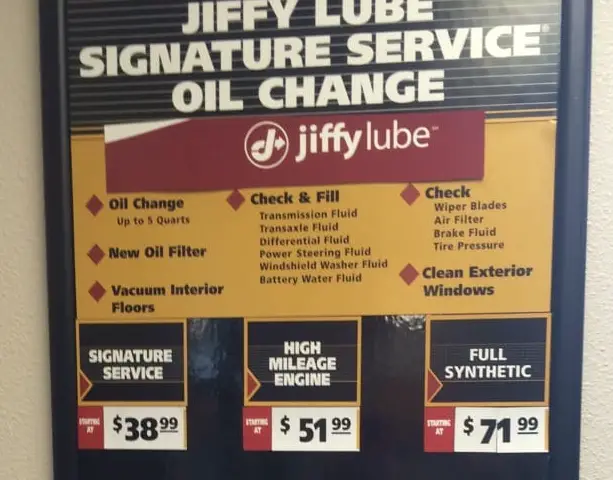
But how long should an oil change and tire rotation take? if you bring it into a shop, the tasks take about 30 minutes all together. If you do it yourself, it will take about 1 hour. The majority of time is spent on moving around the tires from hub to hub.
Oil changes and tire rotations are important because they can make a car last well beyond its life expectancy. Most vehicles you see with over 200k miles have had routine maintenance done religiously. In this article, we’ll cover the tools you need to save time, why the tasks take the amount of time they do, and the items that can possibly take more time than expected.
As a former Jiffy Lube employee, oil changes were the first task I specialized in. On a busy Saturday, we completed about 50 oil changes. Jiffy Lube is the exception in terms of time. The time saved with Jiffy Lube is why you pay so much. But as I progressed in my career, I started doing oil changes and tire rotations for a major retail chain. Since then, I’ve learned different tricks of the trade to help save time.
Since then, I’ve learned different tricks of the trade to help save time.
The tools mentioned in this section will save you time whether you do one oil change a month, or ten in a day. They will also aid in tire maintenance.They are built specifically to make the job easier, which in turn saves you time.
| Tool | Notes |
|---|---|
| ⅜ Ratchet | ⅜ is the perfect size ratchet you need to get the right amount of leverage. Preferably, a long handled ⅜ ratchet if you can. |
| ⅜ Ratchet Socket Set | The ratchet set should range from 8mm to 21mm to make sure you have the right size for your drain plug. For most cases, metric sized sockets will fit on the drain plug. |
| Oil Filter Claw | Many old-school guys are fans of the oil filter wrenches, but a claw is quicker. Just attach it to your ⅜ ratchet, and rotate the filter off. The claw fits all size oil filters because it’s self adjusting. |
| Wire Brush | When you take your tires off, you should clean the hubs to avoid issues down the road. Use the wire brush to remove dust and rust from the hub. |
| ½ inch 19 to 21mm Flip Socket | Flip sockets are two sockets in one. And the 19 to 21 flip socket is able to remove the majority of lugnuts. |
| ½ inch Ratchet | You’ll need a ½ ratchet to get enough torqu to remove the lugnuts |
| Funnel | Quickly add oil with a funnel.. |
| Drain Plug Pro Magnetic Remover | This item saves a lot of hassle and clean up, increasing the speed at which you can complete the job. |
The majority of time spent for a tire rotation/oil change job is spent on the tires. If you have 4 lugnuts on each tire, you need to remove 16 lugnuts. Some mechanics like to do all the lugs at once, while others prefer doing 8, rotating the passenger side of tires, then doing another 8 and rotating the driver side.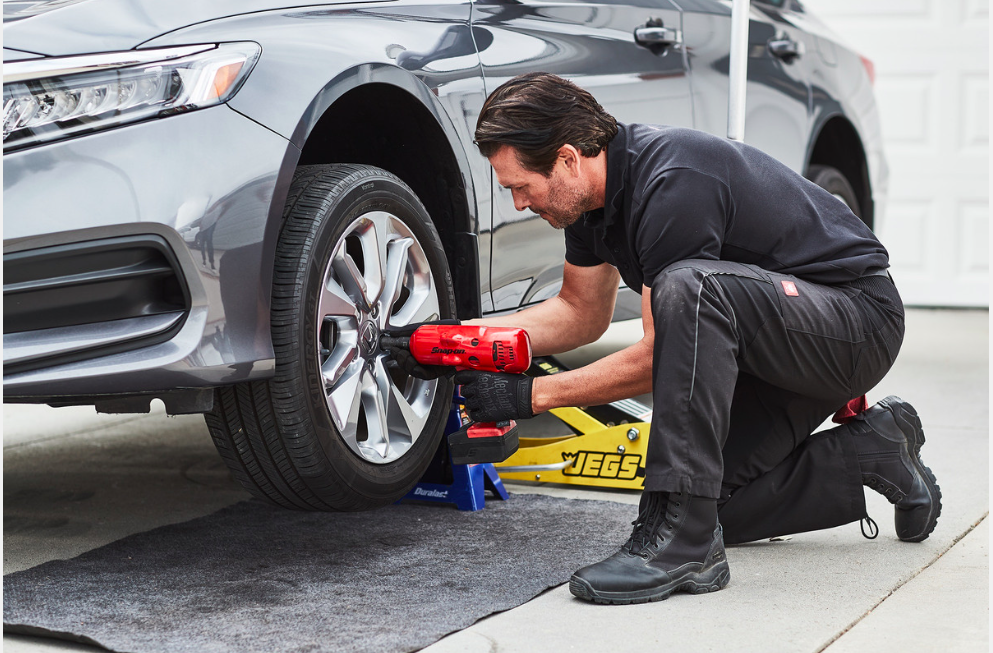
One way really isn’t quicker than the other, it's just a matter of preference. And once you remove the lugs, you have to take the tires off, and put them in their new position.
What a lot of guys will do is start to drain the oil, and while the oil is draining, start the tire rotation process. If you really want to take care of your car, while the tires are off, peek at the brakes, and clean the hubs with a wire brush.
This negates any issues of the tire that’s being rotated in the position mating with the flat surface of the hub.
Draining the oil, in terms of time, varies from mechanic to mechanic. Some mechanics will let their oil drain for 45 minutes. Other’s let it drain for about 30 seconds. The schools of thought on this are beyond the scope of the article, but on average, the oil is done draining when almost no oil is exiting the drain.
As well, the filter can take some time if it’s hidden away in the engine compartment. If the filter is easily accessible, you can expect to spend around 5 minutes removing and replacing the filter.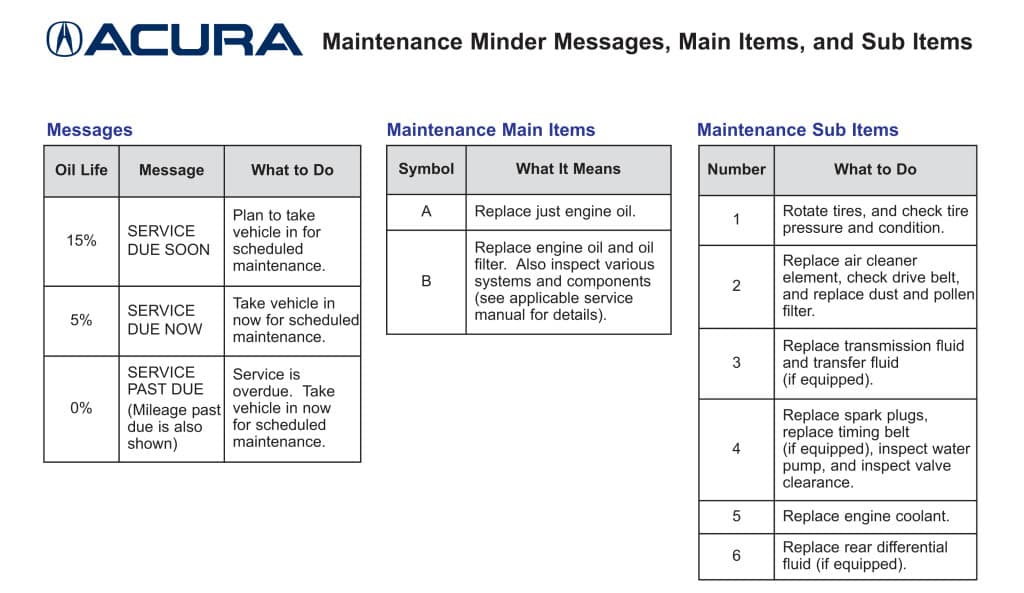 If it’s difficult to access, expect to spend 10 - 15 minutes servicing the filter.
If it’s difficult to access, expect to spend 10 - 15 minutes servicing the filter.
Adding the oil can be cumbersome without a funnel. That means you have to pour the oil into the block very slowly so you don’t get oil all over the engine bay. With a funnel, you can pour as fast as gravity lets you. Expect to spend 45 seconds with a funnel, and 5 minutes without.
The main causes of spending extra time on oil changes and tire rotations lie within German Imported cars. Expect to spend an extra hour when you change the oil on these vehicles.
There are a couple pain points when servicing these vehicles. For example, on lot’s of Mercedes Benz’s, they have a protective panel that covers the drain plug. Sometimes the panels are fastened by 15 different screws, all of which you have to remove.
And to boot, they are torx screws which can be an issue. Taking the panel down, then reinstalling it, along with all the other screws will add extra time. As well, the tires are usually mounted in a fashion that makes re-installing them difficult, since you have to screw in the tire to the hub.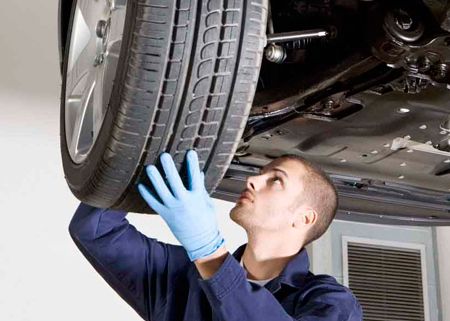
Servicing the oil filter can also be a pain, since they are engineered to only be serviced at a dealership, with dealership tools. And German Imports take a lot of oil, usually around 7-8 quarts, so you’ll have to add on time to drain the oil and fill it back up.
Other issues that can arise stem from large trucks, like Ford E-350’s. They usually have around 8 lugnuts per tire. And the lugnuts are attached to a very long stud, making more opportunity for issues like broken studs. As well, the tires on large trucks are quite heavy, so it can require some physical stamina to endure the tire rotation process on large trucks.
The next time you go to a shop, and are waiting for an oil change, see how long you’ve been there. Usually you pay around .2 of an hour for a mechanic's time during an oil change. And tack on 0.3 for the tire rotation.
All together you’re paying for a half an hour of the mechanic's time. If you’re sitting there waiting for more than that, you can blame shop management. In my humble opinion, waiting more than an hour for an oil change and tire rotation is unacceptable. It’s one of the main reasons driver’s don’t service their vehicles regularly.
In my humble opinion, waiting more than an hour for an oil change and tire rotation is unacceptable. It’s one of the main reasons driver’s don’t service their vehicles regularly.
And as much as we’d love to take your money on fixing cars with issues related to poor maintenance, we’d much rather spend our time performing maintenance tasks over a long period of time.
Wheels must be rotated regularly, following either the instructions in the vehicle owner's manual or the rules developed by the tire industry. Proper wheel alignment helps to make the longitudinal and lateral wear of the tires more even, as well as improve ride comfort and reduce noise levels. Minimal differences in the longitudinal wear of the tire tread, which may occur after periodic wheel replacement every 5,000 - 8,000 km, do not affect the resistance to aquaplaning, and the wheels can be rearranged further. In this case, any differences in wear actually mean that repositioning should be done at shorter intervals.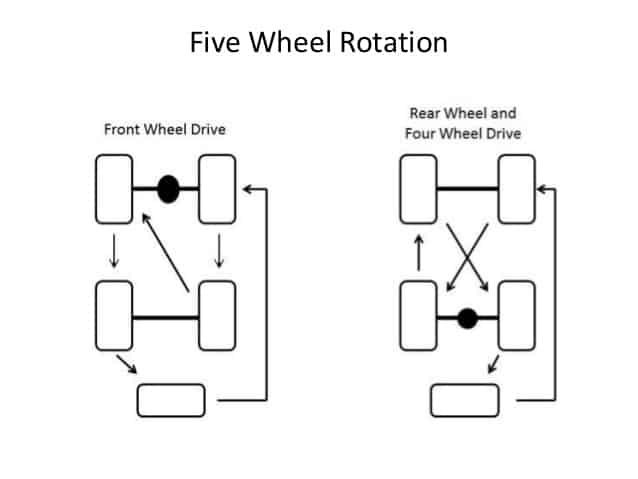
Changing wheels is advantageous for several reasons. When performed as recommended, it can improve handling and traction, and reduce uneven wear.
There are warranties that are valid only if the wheels are correctly rotated. Experts recommend changing wheels every 5,000 to 8,000 km, even if there are no signs of wear. Often the shift can be done at the same time as changing the oil while the car is on a lift. This is a good time to check the tires for damage, remove stones and other foreign objects, determine the wear uniformity by measuring the tread depth and, of course, check the pressure level.
Tires on the front axle of a car are significantly different from the tires on the rear axle in terms of tasks performed. At the same time, tires on a front-wheel drive car operate in significantly different conditions than on a rear-wheel drive car. Whichever wheel the tire is mounted on, there may be different wear types and rates anyway. Therefore, it is best to have all four tires wear equally because when wear reduces tread depth, it allows all four tires to respond faster to steering inputs, maintain handling characteristics, and help improve cornering grip.
If all tires wear the same, you can buy a new set instead of buying tires in pairs. If you change the entire set, the original handling characteristics are preserved. In addition, manufacturers are constantly releasing new, improved tire models, and if you put in a new set, you can improve the car's handling, instead of looking for tires of the previous generation. Drivers who drive an average of 19 per year000 - 24,000 km, two of the three wheel changes will be carried out during the tire change before and after winter. All that remains for them to do is rearrange the wheels again in July.
How exactly should the wheels be changed? There are three traditional methods suitable for most vehicles (equipped with tires and rims of the same size). The second method can be used as an alternative to the first and third.
Wheel conversion scheme:
There are also two additional ways. The fourth method is suitable for cars with the same tire and wheel sizes, and the fifth for cars with different size tires on the front and rear axles.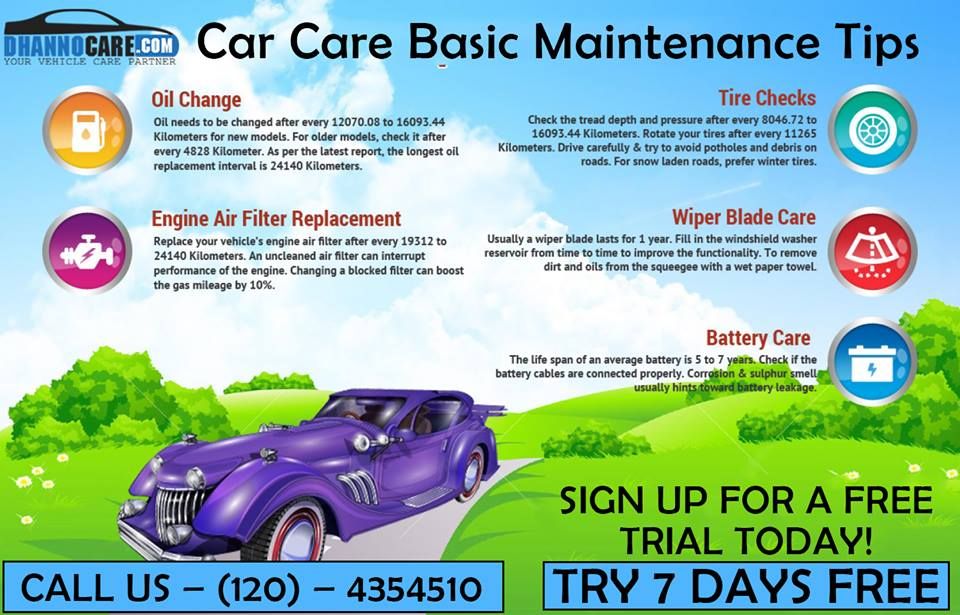
Although many vehicles are equipped with a spare tire that is smaller than the standard tyre, if the spare wheel is the same size as the others, it must be used when changing. Follow the vehicle manufacturer's instructions, or if they are not available, always fit a spare on the right rear wheel. One of the other tires, according to the diagram, put in the trunk and use as a spare until the next swap.
Regular wheel rotation will ensure that all five tires wear evenly throughout their life. In addition, correct repositioning is important when a puncture causes a spare wheel to be fitted and used with three partially worn tyres.
Jiffy Lube is a convenience store chain in the United States. The company provides services such as oil changes, tire changes, and other types of auto repair and maintenance. Jiffy Lube also offers a variety of customer vehicle services, including car washes and air fresheners.
The company has more than 1,000 offices in the US.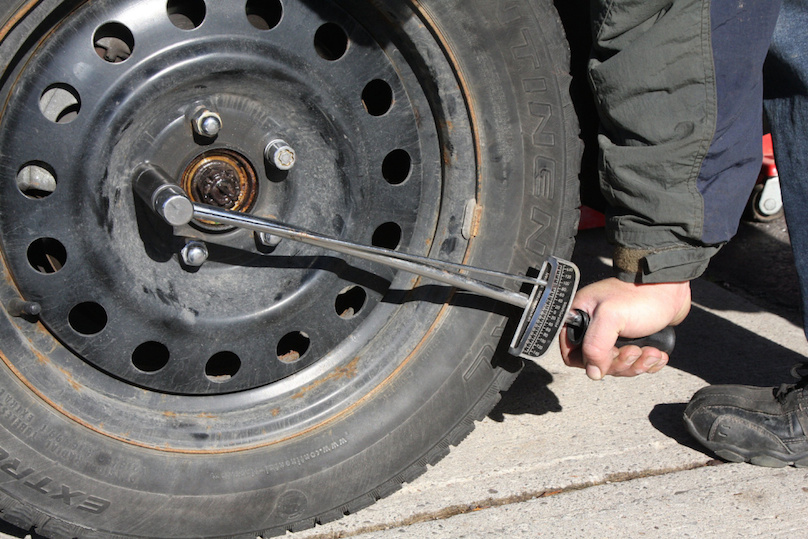 Jiffy Lube is headquartered in Lynchburg, Virginia.
Jiffy Lube is headquartered in Lynchburg, Virginia.
Yes, Jiffy Lube can fix flat tires. Flat tires can be a real inconvenience, but Jiffy Lube can usually fix them quickly and easily. Just bring your car in for a quick fix and we'll get you back on the road as soon as possible.
A flat tire can be a real inconvenience and it's not always easy to find a place to get them fixed. Jiffy Lube is one of the most popular tire repair places and they offer competitive prices. Here are some things to keep in mind when repairing a flat tire Jiffy Lube:
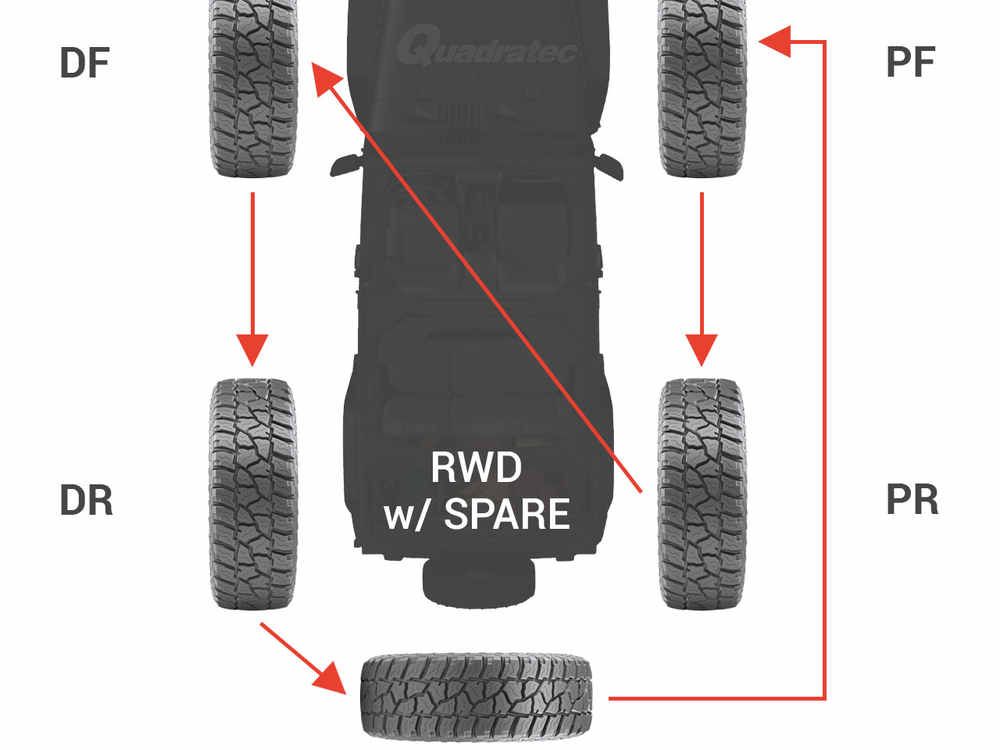
Jiffy Lube's hours of operation are usually from 7:00 am to 10:00 pm, but they may be open earlier or later, depending on location. They usually close around 11:00 pm. Jiffy Lube is a 24-hour chain store in most major cities in the United States. In addition to oil changes and other automotive services, they also offer tire repair services. If you need help finding a Jiffy Lube near you, their website can provide instructions.
Jiffy Lube is a chain of automotive service centers in the United States.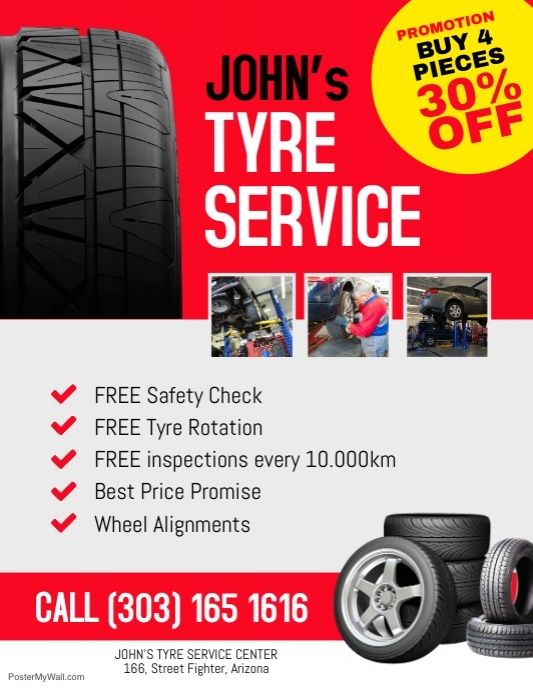 Jiffy Lube locations are usually near major highways and shopping areas. Many Jiffy Lube stores offer free parking.
Jiffy Lube locations are usually near major highways and shopping areas. Many Jiffy Lube stores offer free parking.
If you have a flat tire, your best bet is to see a mechanic. However, if you only need basic maintenance on your vehicle, such as an oil change or an air filter change, Jiffy Lube can help.
First, check your vehicle's owner's manual to see if there are any specific items that Jiffy Lube should not do. For example, some vehicles require only a qualified mechanic to service the brakes.
Then find out what services are available at your local Jiffy Lube. Most places offer basic mechanical services like oil changes and tire changes, but they may also offer additional services like camber adjustment and brake repairs.
Finally, decide which service you need and make an appointment. Some services can be completed while you wait; others may require you to bring your vehicle in for inspection first.
Most Jiffy Lubes staff are experienced in various types of vehicle repairs and will be happy to help you get your vehicle back on the road as quickly as possible.